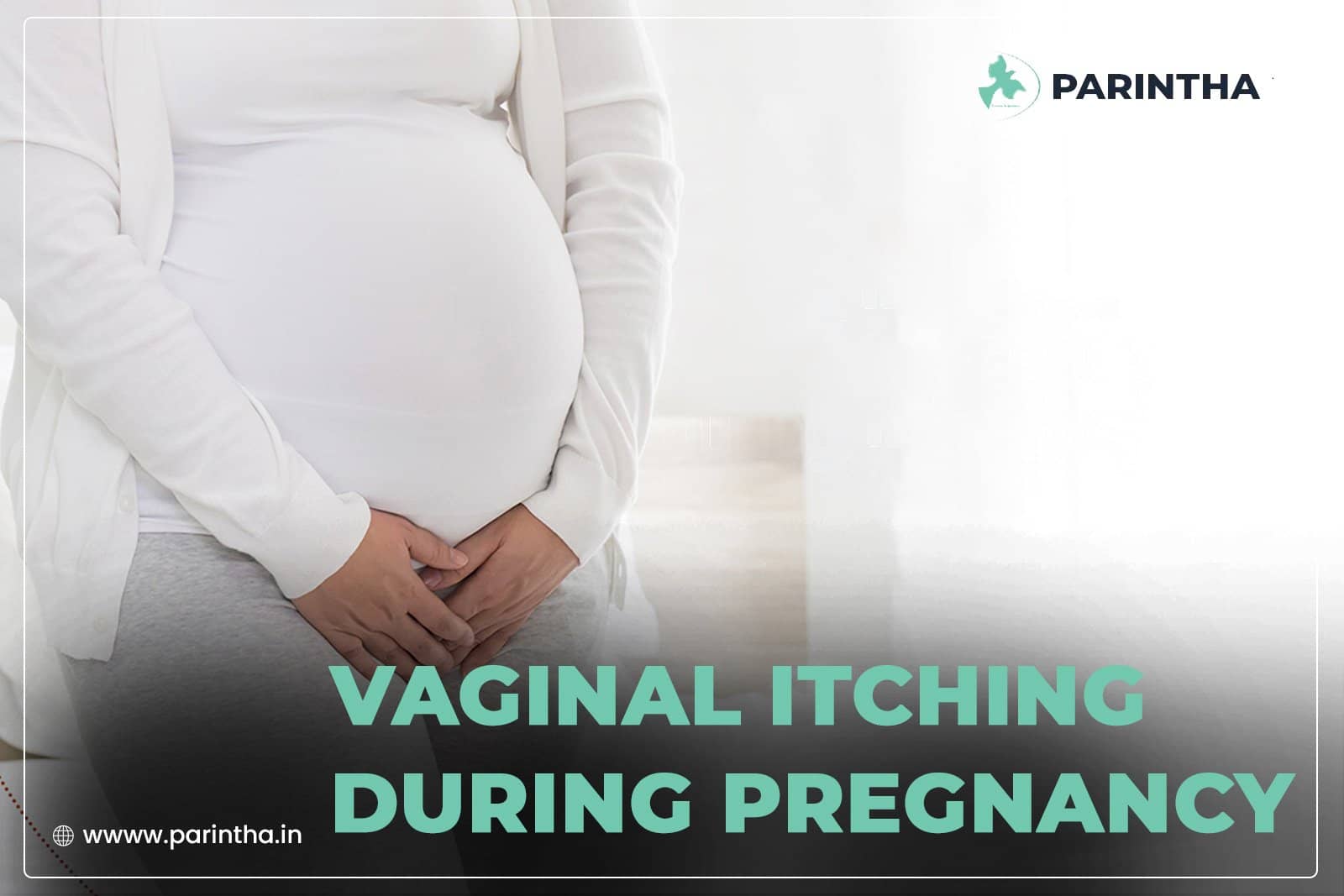
Pregnancy is a period marked by significant physiological and hormonal changes, often
accompanied by various skin and body reactions. One common issue is vaginal itching
during pregnancy, which can occur in various forms and severities. Vaginal itching during
pregnancy, while uncomfortable, is typically not dangerous but warrants attention to ensure
the health and safety of both the mother and the developing foetus.
Causes of Vaginal Itching During Pregnancy
Hormonal Fluctuations: Pregnancy-induced hormonal changes, especially in estrogen
levels, can alter the vaginal pH and lead to infections like yeast infections (candidiasis). The
increased glycogen in vaginal secretions creates an environment favourable for yeast to
grow, which is responsible for most yeast infections during pregnancy.
Bacterial Vaginosis: This condition arises from an imbalance in the vaginal flora, leading to
symptoms such as abnormal discharge and itching. Bacterial Vaginosis during pregnancy
can lead to complications like preterm labor, miscarriages, and postpartum infections.
Sexually Transmitted Infections (STIs): Infections like trichomoniasis, chlamydia, and
gonorrhoea can cause vaginal itching along with other symptoms like pain, abnormal
discharge, and irritation.
Urinary Tract Infections (UTIs): Common in pregnancy due to anatomical and
physiological changes, UTIs can lead to itching, burning, and discomfort in the vaginal area.
Left untreated, UTIs can result in serious complications such as preterm birth and low birth
weight.
Improper Hygiene: The use of scented products or improper hygiene practices can lead to
irritation and itching of the vaginal area. It’s essential to maintain good hygiene practices,
avoiding harsh products that may disrupt the sensitive balance of the vaginal flora.
Other Infections: Conditions like pubic lice or herpes can also cause itching in the genital
area, often accompanied by other symptoms like rashes or blisters.
Normal vs. Abnormal Vaginal Discharge
Normal Discharge: During pregnancy, vaginal discharge is typically colourless or white,
non-irritating, and odourless. This is a normal physiological response and not a cause for
concern.
Abnormal Discharge: Discharge that is yellow, green, or has a foul odour may indicate an
infection. Accompanying symptoms such as itching, burning, or pain could be a sign of
conditions like Bacterial Vaginosis, candidiasis, or STIs.
Complications of Untreated Infections
Untreated vaginal infections during pregnancy pose serious risks, including:
- Premature rupture of membranes
- Infection of the foetal membranes
- Preterm birth
- Low birth weight
- Postpartum endometritis
Prevention Tips
To prevent vaginal itching during pregnancy:
- Wear breathable, cotton underwear.
- Keep the vaginal area dry by changing out of wet clothes promptly.
- Avoid scented soaps, detergents, and harsh hygiene products.
- Practice safe sex by using condoms to reduce the risk of STIs.
- Only take antibiotics, when necessary, as prescribed by a doctor.
When to Seek Medical Help
Pregnant women experiencing persistent or severe itching, unusual discharge, or other
symptoms should consult a healthcare provider. Timely diagnosis and treatment of infections
are crucial for preventing complications and ensuring a healthy pregnancy.
Vaginal itching during pregnancy is a common but uncomfortable issue. While it is usually
not dangerous, it is important to get an accurate diagnosis and appropriate treatment if the
itching is chronic to ensure the health of both the mother and the developing foetus.
Understanding the underlying causes and following preventive strategies can help manage
this condition effectively.
Obstet Med. 2021; 14(4): 204.
Can Fam Physician. 2009; 55(3): 255.
BMC Womens Health. 2023; 23: 116.
Cureus. 2021; 13(1): e12700.
NICE Guideline, 2021: No. 201
Cureus. 2022; 14(11): e31314.
Pan Afr Med J. 2019; 33: 9.
Infect Drug Resist. 2022; 15: 3077.
Int J STD AIDS. 2016; 27(10): 906.
Parasitol Res. 2022; 121(7): 1973.
Obstet Gynecol. 2020; 135(5): 1136.
BJOG. 2021; 128(12): 1907.
Bull World Health Organ. 2007; 85(4): 297.
StatPearls Publishing. 2024 Jan.
PLoS One. 2022; 17(6): e0268248.
